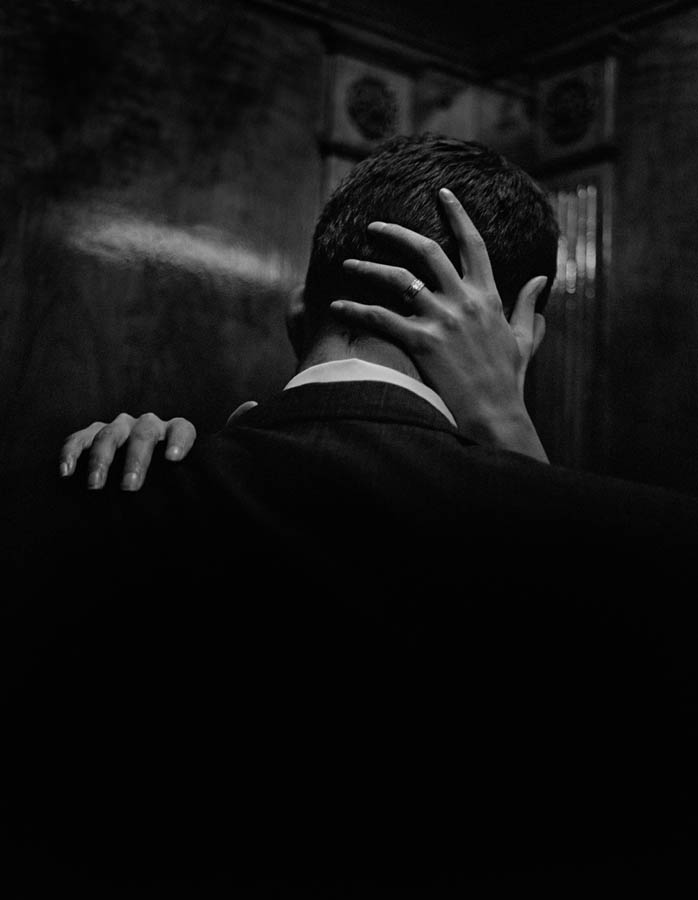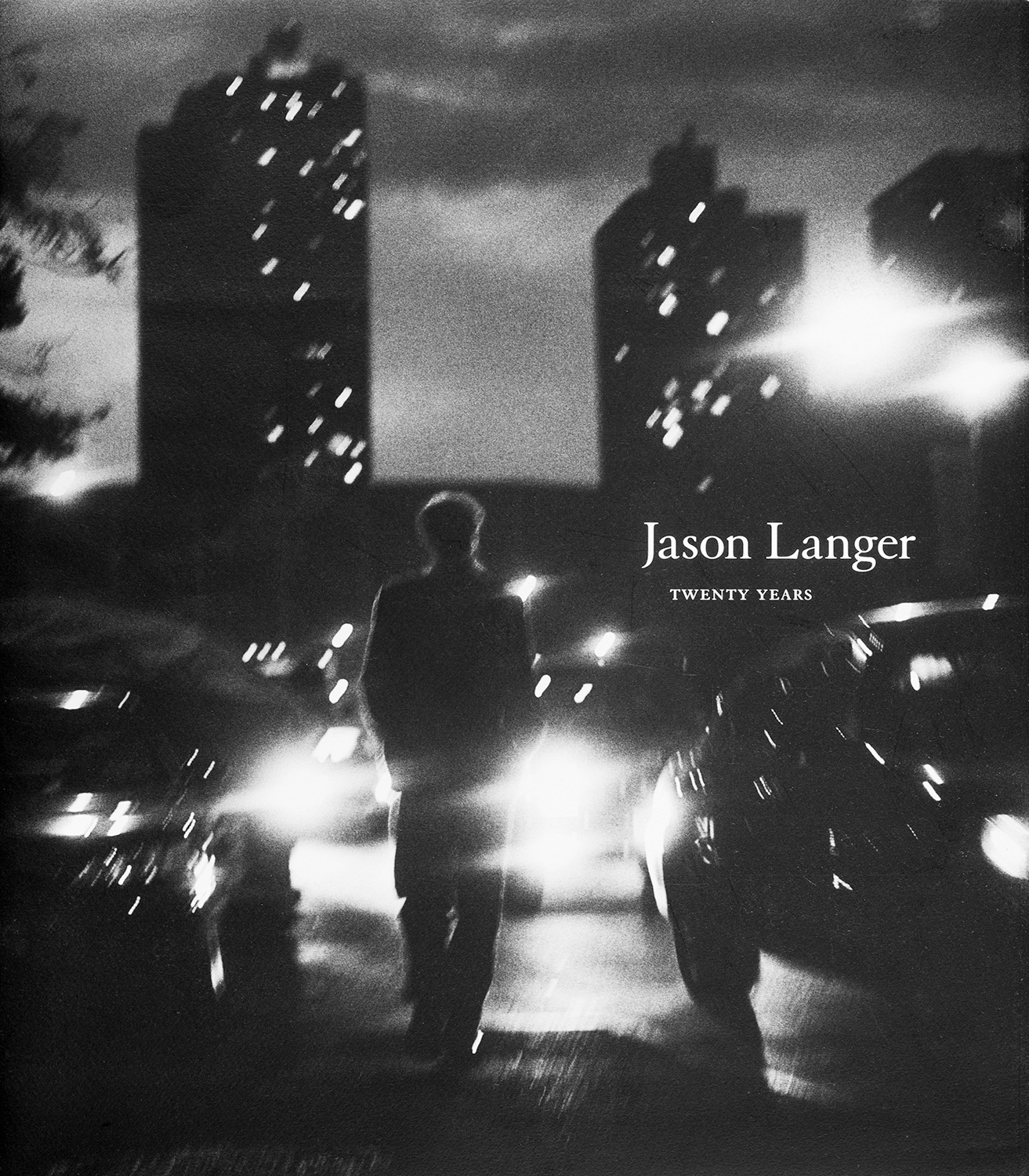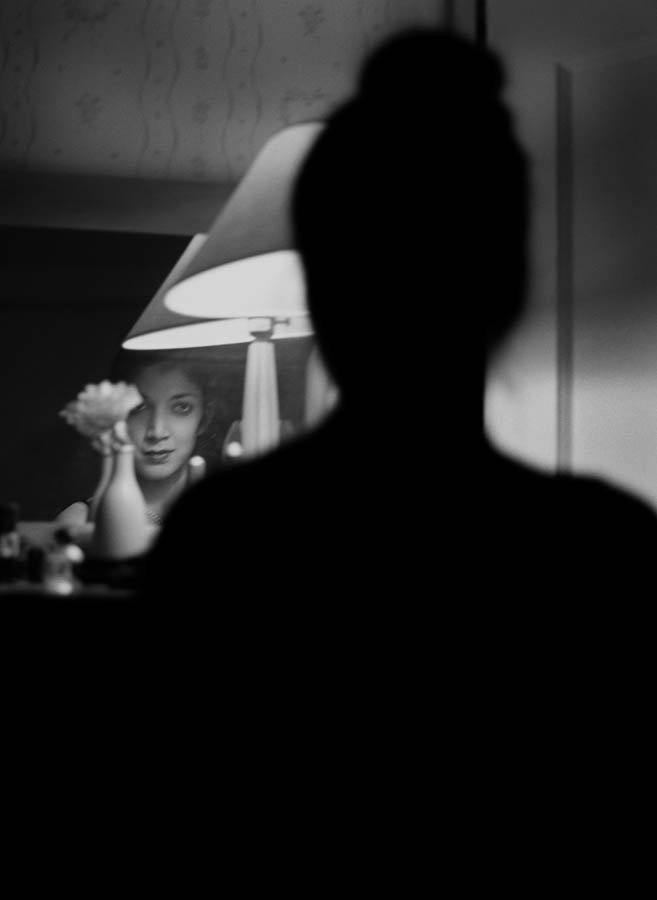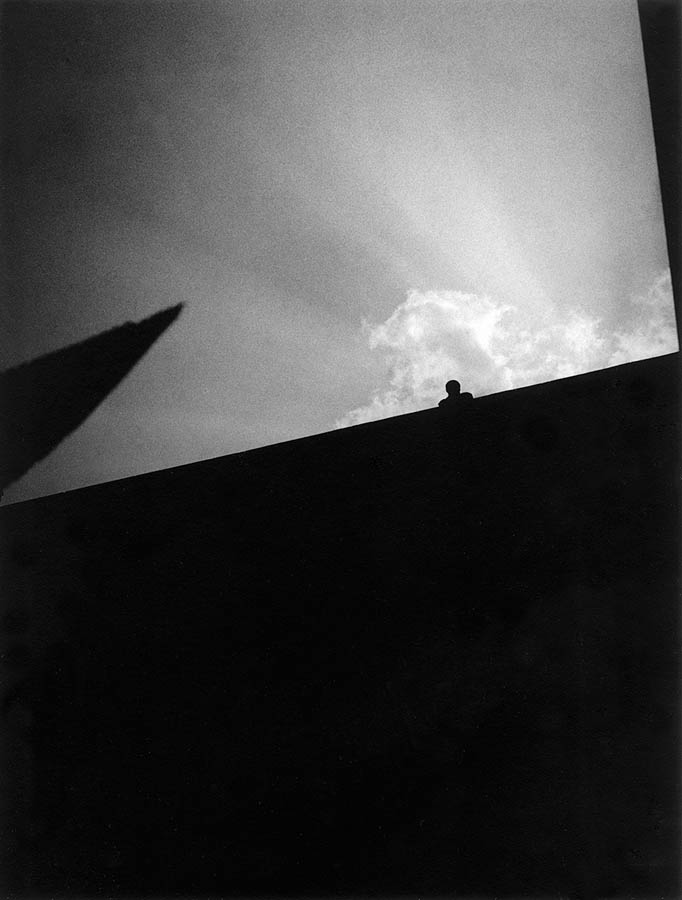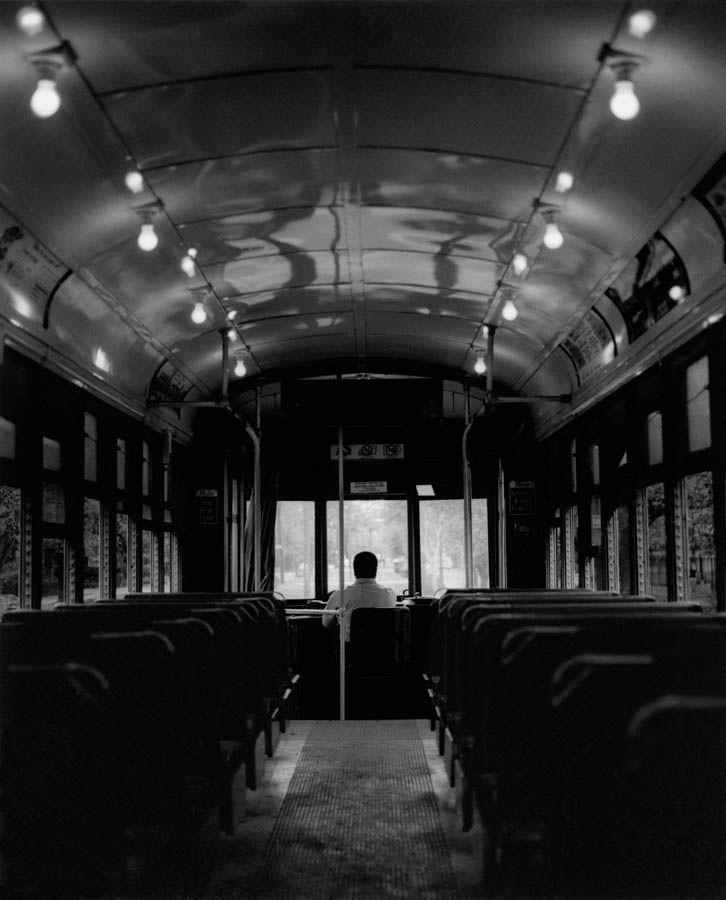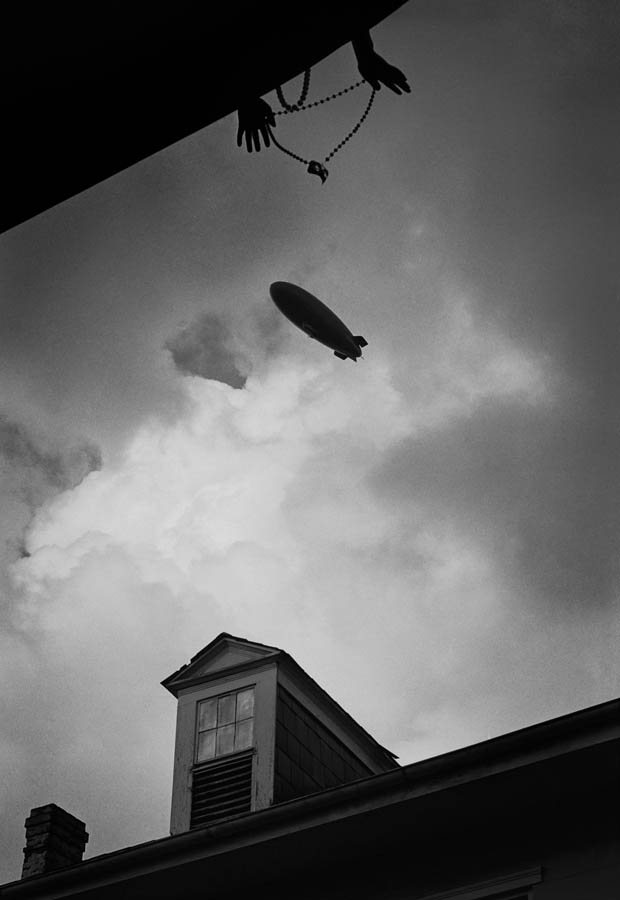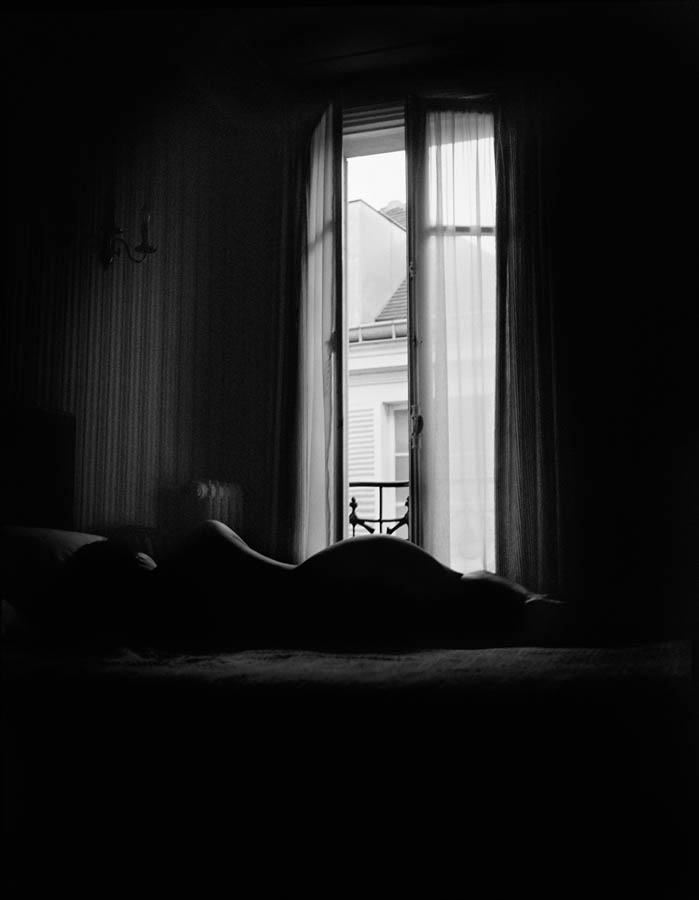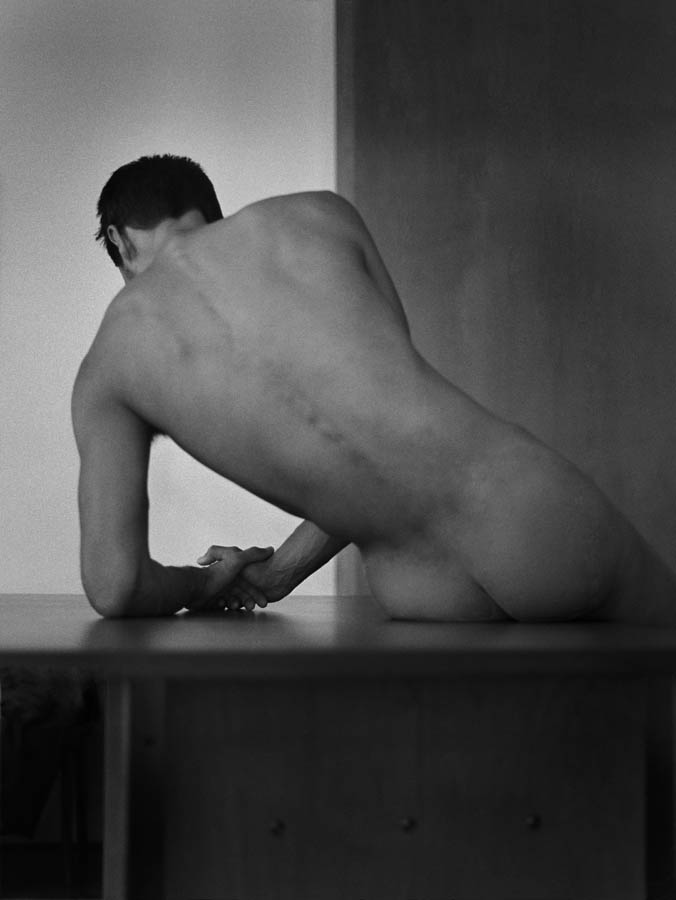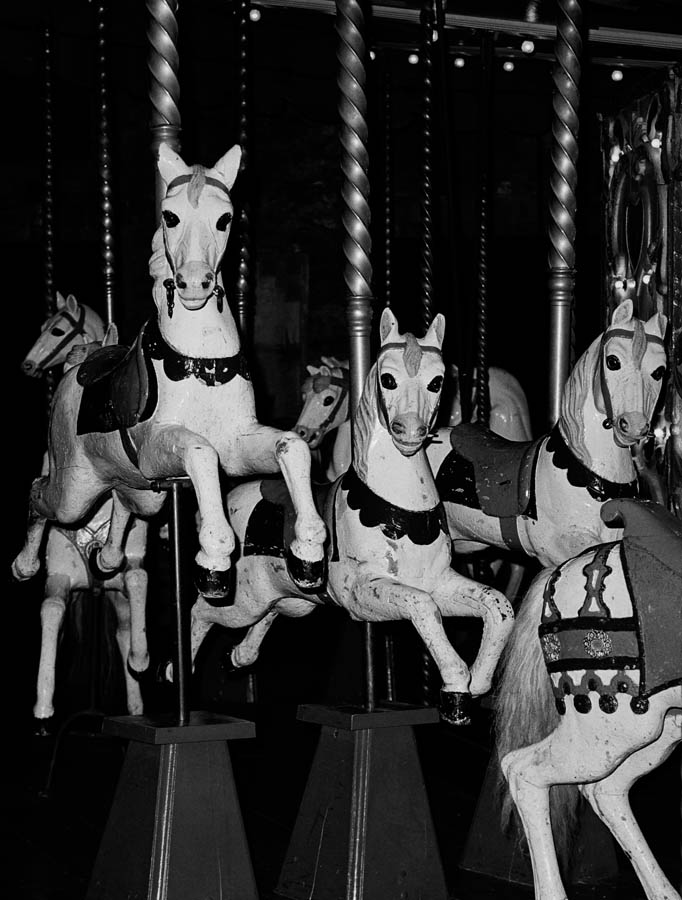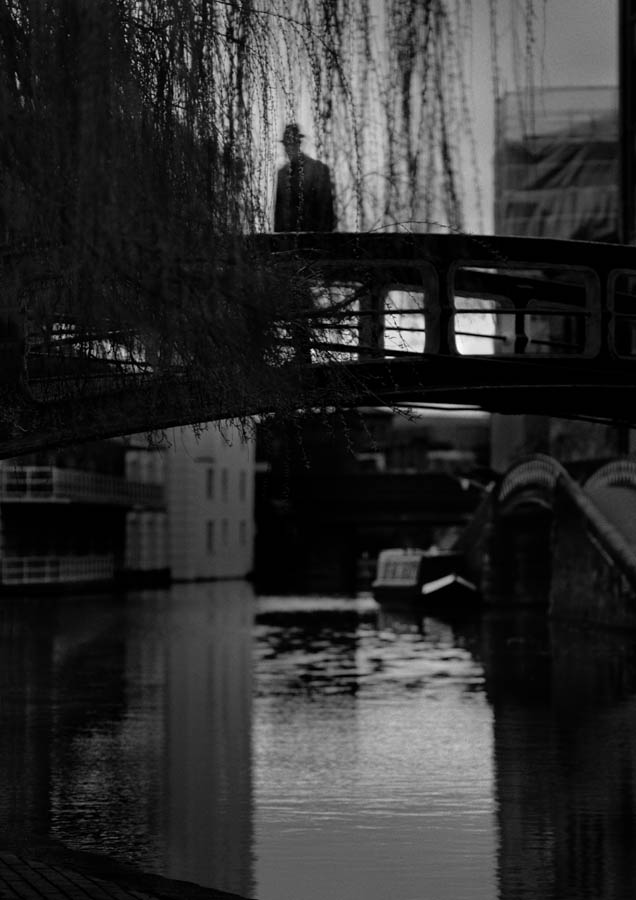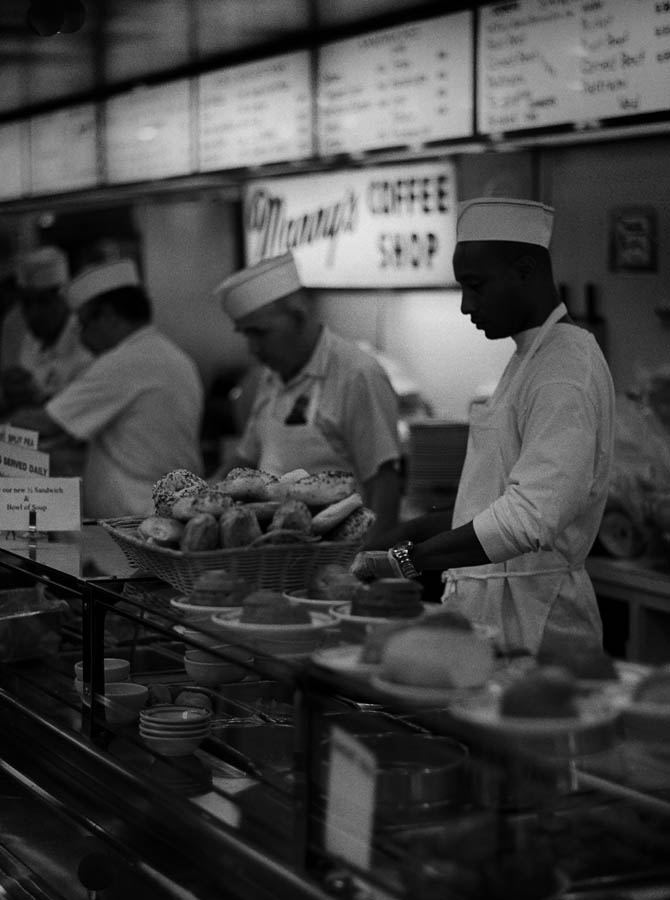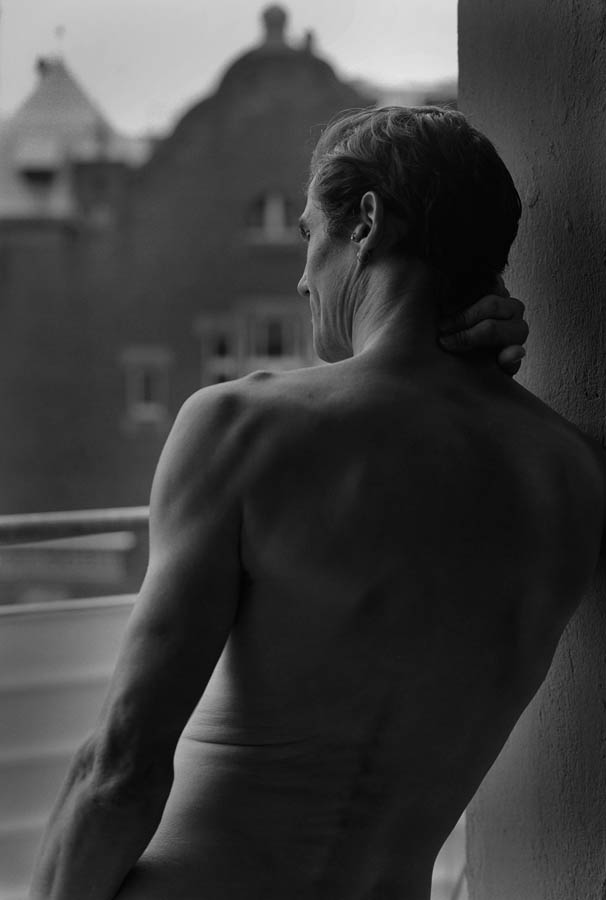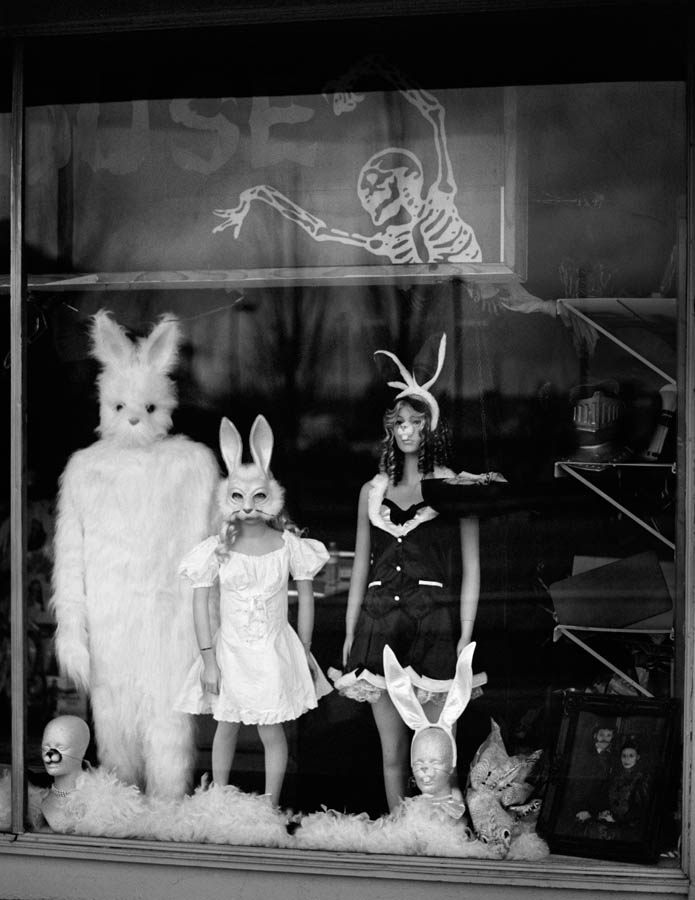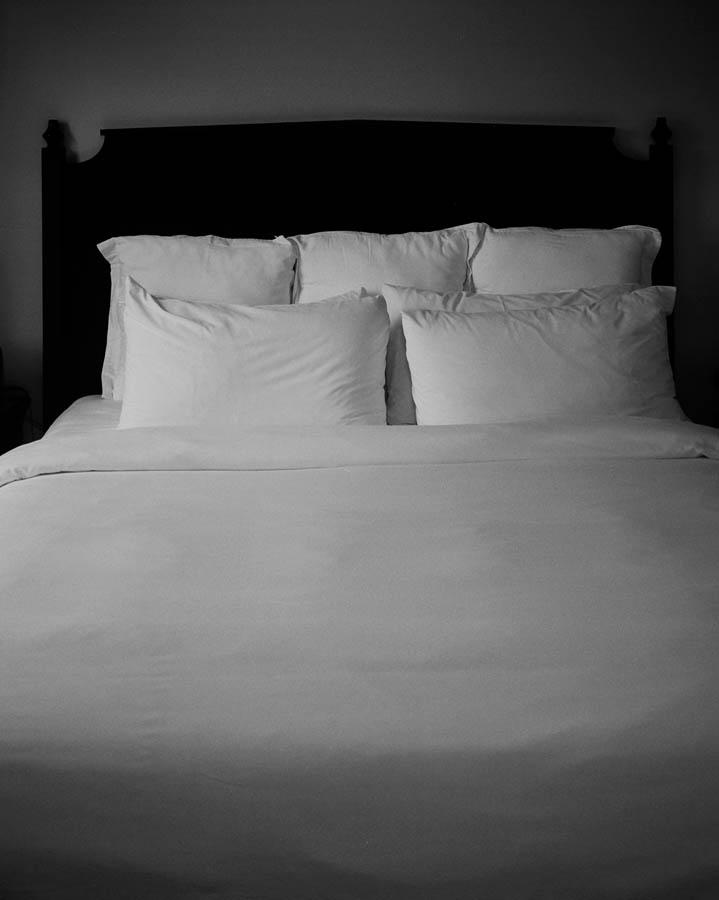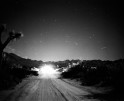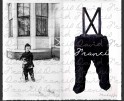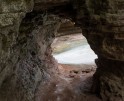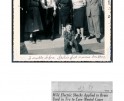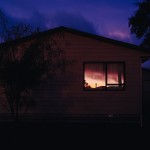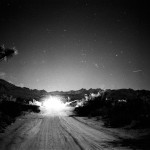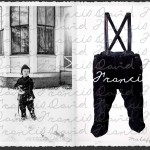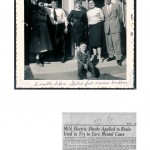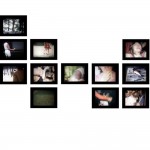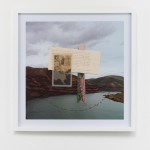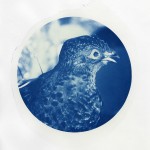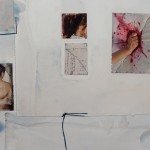Jason Langer: Twenty Years
“Jason seems to have absorbed the entirety of photo history, particularly the so-called “New York School”, identified by historian Jane Livngstone in her book of that title from the early 1990’s: Arbus; Avedon; Brodovitch; Croner; Davidson; Donaghy; Faurer; Frank; Grossman; Klein; Leiter; Levinstein; Levitt; Model; Vestal and Weegee. Jason loved shooting the city and printing it very darkly. He is a classicist. He is contemporary guy who sees things though more modern eyes.” – W.M. Hunt
Six years ago, I wrote a review of Jason Langer’s book, 20 Years, published by Radius Books. When we featured the book, I didn’t have the book in hand. Much to my delight, Jason recently sent me a copy and I decided to revisit the project after spending time with his stellar monograph, which still can be purchased here. An interview with Jason follows..
Jason Langer is best known for his psychological and noirish visions of contemporary urban life, oftentimes using Buddhist terminology to explain his photographs. Langer’s work has been featured in numerous international photographic exhibitions and museum collections for over 20 years. Langer has published three monographs: Secret City (Nazraeli), Possession (Nazraeli) and Jason Langer: Twenty Years (Radius) which depict urban life with “carefully crafted compositions reminiscent of the symbolist photographers, and swathes of meticulously printed deep black tones…as much Hopper and Raymond Chandler as Steichen” (Bomb Magazine).
Langer is also a sought-after photography mentor, having taught photography at the Academy of Art University for 12 years and Santa Fe Workshops since 2014. Langer is known as a mentor in photography, teaching students to use the medium for self-understanding.
Langer is currently working on a fourth monograph – Berlin.
Congratulations on your masterful book. Does seeing your amazing 20 year legacy spread out before you in book form give you any new insights into yourself or your art making?
So many there isn’t enough time to fully go into it. The main thing that I see is how consistent a vision I’ve had for the entire period from which this book draws images. Publishing this book, however felt like a “period” at the end of 20 – 30 years – not only the way that saw life and experience but also the tools that I used to express my ideas. The first image in the book is from 1985 and the last from 2011. Photography went through a technological and aesthetic revolution during that time. Looking through Twenty Years, any viewer would think that nothing had changed in photography from the 1980s on. From the mid-80s to the 2010s my life completely changed. By 2015 when the book was released I married and had two children. My daily experience was completely different from the years the first images in the book were made. I felt after the book was published that it may be time to switch gears and see if I could make different types of images to reflect new ideas and new experiences. Consistency is a good thing, but sometimes it’s also appropriate to put it all in a drawer and explore.
The work feels very psychological, almost an inner dialogue with light and form. Can you speak to your inner voice as you make work?
Almost all of the images in the book include a solo person in an urban setting. Most of the figures in the early photographs are male. After making so many of these types of images I began to see this lone man as a representation of me and the city in which he is traveling as a metaphor for my mind. The man is not lost, but he is alone. For years I simply imagined that these scenes were descriptions of all of our aloneness. On a personal level I think those pictures were an attempt to find a male father figure – my parents divorced when I was seven. Later, I began to photograph female figures, I think in an attempt to discover a more feminine side of me and my work. In the early 2000s I began to photograph male and female nudes as I became interested in picturing “universal” male and female figures, perhaps the universal human experience. I deliberately avoided the sitter’s faces and eyes to focus attention on “body-in-space” only. In many ways all of my work is a bout “figure in space.” I would say there is a feeling of self-reflection, contemplation and yearning in all of the work form that time. I have also been a practicing Buddhist for the last 30 years and part of my attraction to it has been the psychology involved. Buddhism is somewhere in between psychology, religion and spirituality.
All of your photographs hold a dark beauty that surely must come from something in your childhood. Were you drawn to the mysterious and dark dreams growing up? What do you think informs your way of seeing?
When I was growing up physical darkness would often draw my attention. When I wanted to get away from my family I would leave my house late at night, walk through the cemetery that was right next to our house (plate 1 in the book) and go to the local city park where I would swing at the playground. It was freeing. When I was in elementary school I would look at books on movie monsters for hours at a time. In high school in the early 80s VHS players and movies became easily accessible. I felt compelled to watch many of the old black and white monster movies as well as film noir. I felt comfortable in places where there was the possibility for both danger and romance. There was something erotic and full of potential in that imagery. This is why I was also attracted to the photographs of Michael Kenna. His photographs are always imbued with seduction and foreboding. In photography – and in most art – I am attracted to light coming from darkness. In photography it is the potential of film layered with emulsion waiting for light or a sensor waiting for 1s and 0s to get excited. In music it is the sound of Miles Davis’ sparse musical statements in between moments of silence.
In considering your work, so much of it was made in an urban environment, which allows for night stalking. Having lived in NYC for many years, I remember a particular energy that came from the city at night, when life is illuminated by neon and taxi lights, and lives being led long after the rest of the country has gone to bed. Are you most comfortable making work after dark?
My favorite time to work is either late at night or early in the morning when most are asleep. It is the easiest time to think and be creative. If I am photographing as dusk I push the light to emulate darkness. As in a darkroom, time seems to slow down and expand. Night is the most contemplative time. I continue to be interested in private moments that people experience alone or together, mostly night. My mind is quiet enough at night to be able to discover and photograph these moments. Being outside and looking indoors into people’s homes is the easiest time to be a voyeur, right? I think we feel a bit of a thrill peeking into how others live. Voyeurism is one aspect of my work. Another way to describe it is being a “fly on the wall.” Ironically, sometimes the most private moments are the most ordinary ones. Perhaps there’s a feeling of connection when you can identify with someone who doesn’t know you are watching them.
I originally had the book laid out by subject matter: “nudes,” “portraits,” etc. It was founder of Radius Books and chief book designer David Chickey who suggested that we lay out the book chronologically. He was right to do so and it made for a special viewing experience. For those twenty years – and same goes for today – I work on multiple projects
Finally, much is concealed in your images, but you give enough information that allow the viewers to create their own short stories. The book reads as a series of memories, internal and external, like a diary written at night. What makes you click the shutter?
I do feel myself being attracted to artwork that is in a sweet spot between being too opaque and too spoon-fed. Whether it’s a film, a piece of music, photograph of photographic book I like to be able to “enter” the work on my own terms and see how it relates to me personally without being told so. What makes me click the shutter? Perhaps a feeling that something is about to happen to the person in the frame – something either treacherous, comforting or erotic – a feeling of potential. An implied story that involves someone or a couple. My pictures usually include a “protagonist” with which the viewer can identify and some kind of perceived opposing “force.” The drama is then made up in the viewer’s mind, if I did my job as a “story suggester.” I do like images that tend to ask more questions than they answer. I am also taken by a sense of longing, passion or desire that I feel in an image. And of course the light. You are right to describe the book as a diary. I think it is a diary of my unfinished pursuits and ever-
Posts on Lenscratch may not be reproduced without the permission of the Lenscratch staff and the photographer.
Recommended
-
The 2024 Lenscratch 2nd Place Student Prize Winner: Ariana GomezJuly 23rd, 2024
-
Makenzie Goodman: EncountersJuly 13th, 2024
-
Ellen Mahaffy: A Life UndoneJuly 4th, 2024
-
Julianne Clark: After MaxineJuly 3rd, 2024
-
Lisa Guerriero: Handle (her) with CareJuly 2nd, 2024

